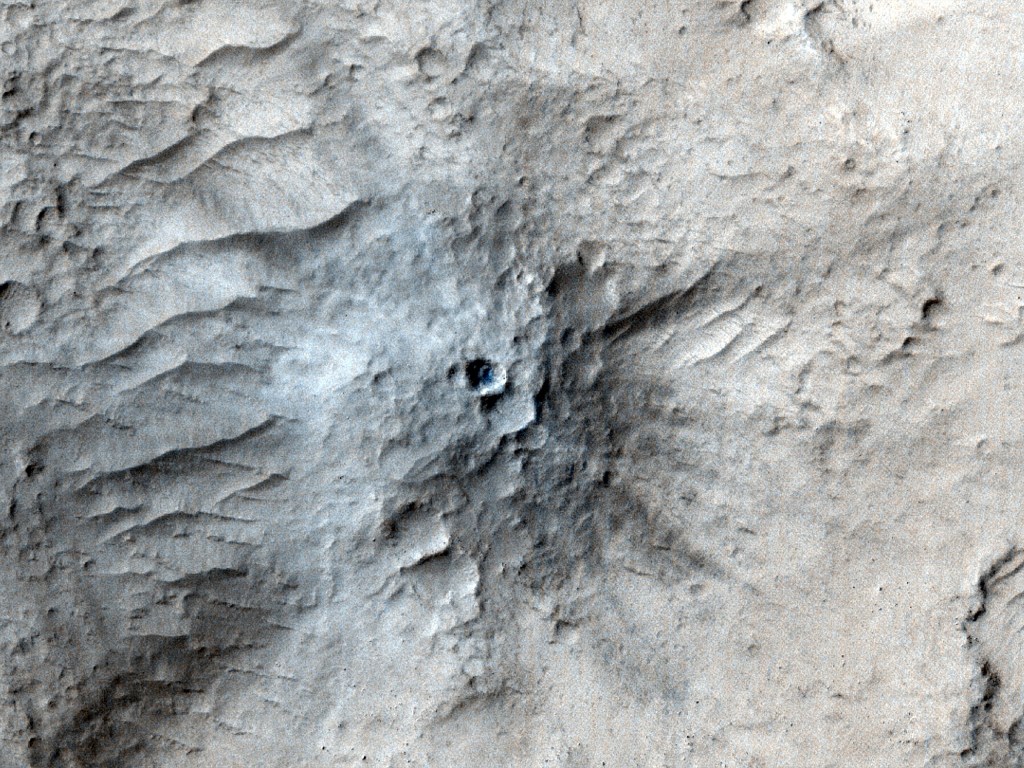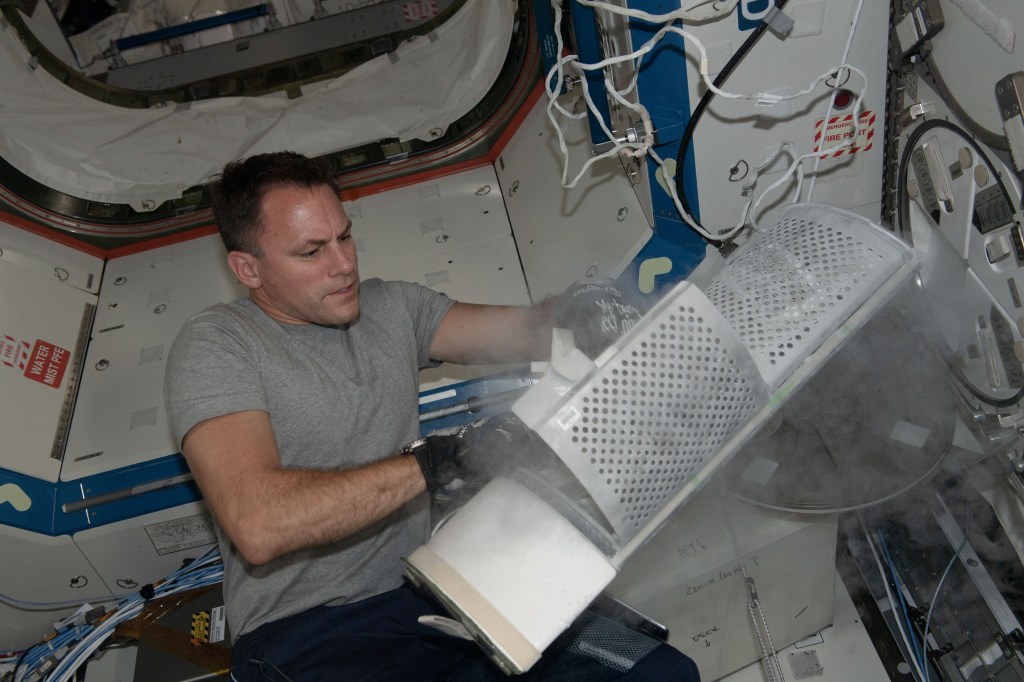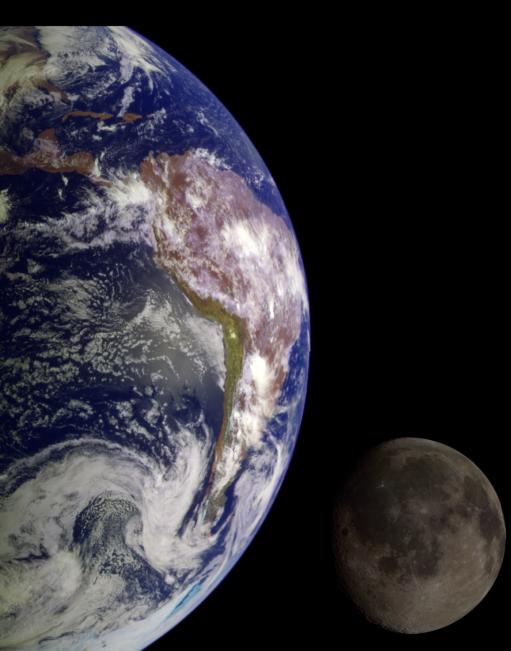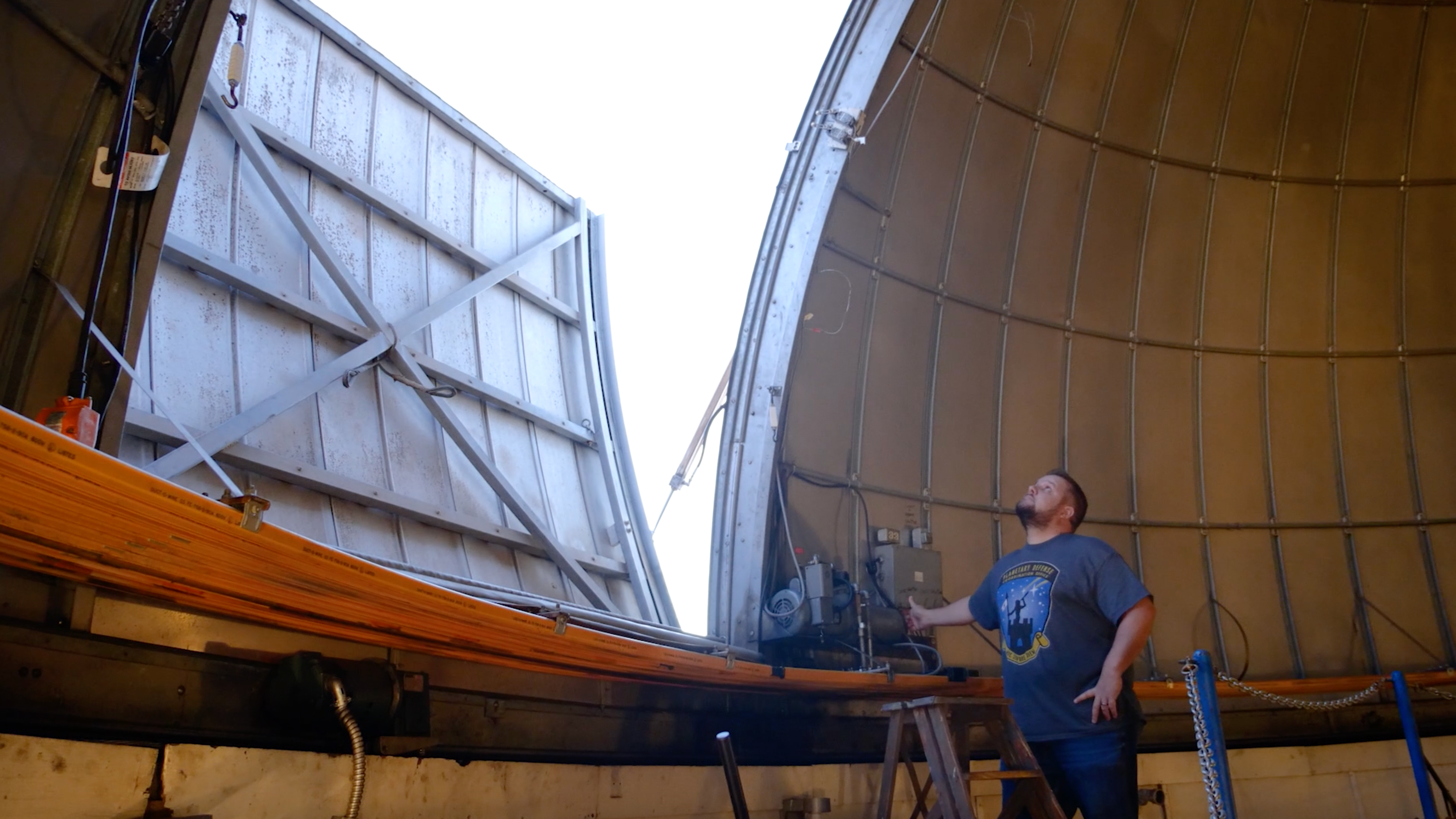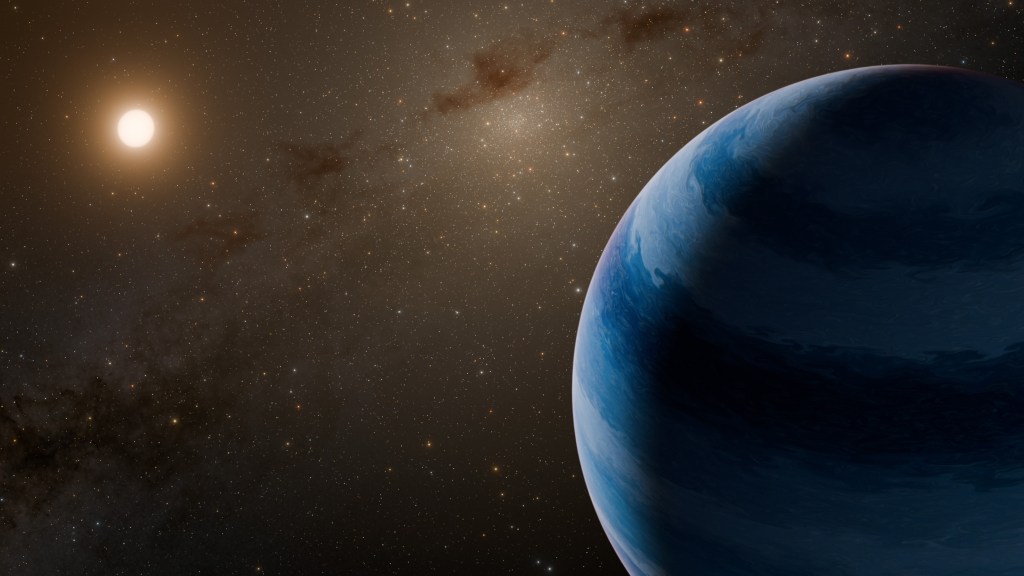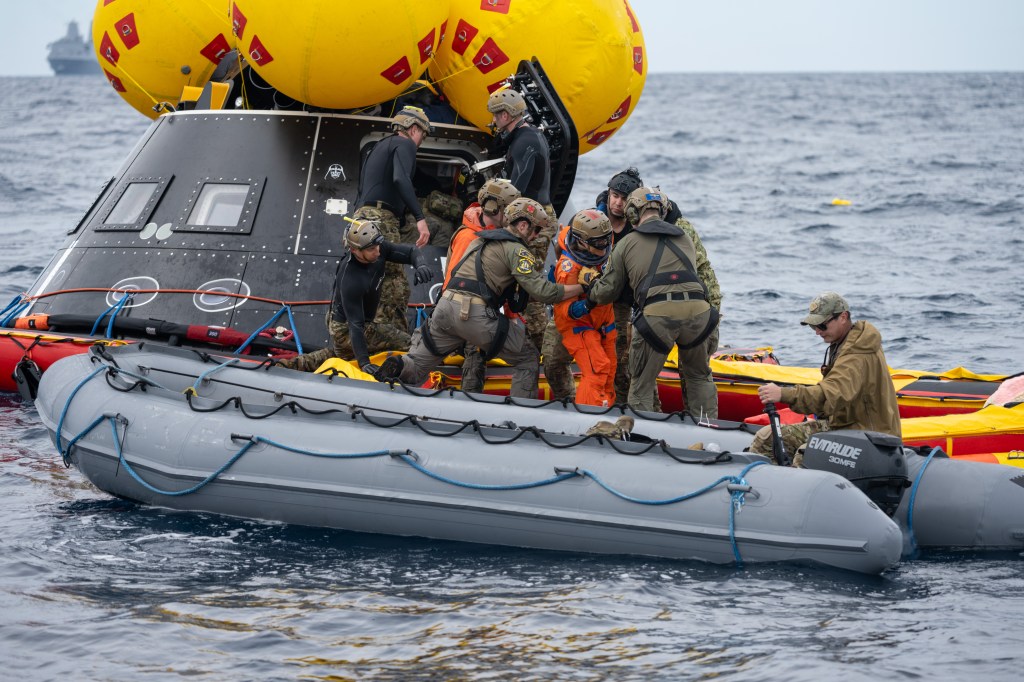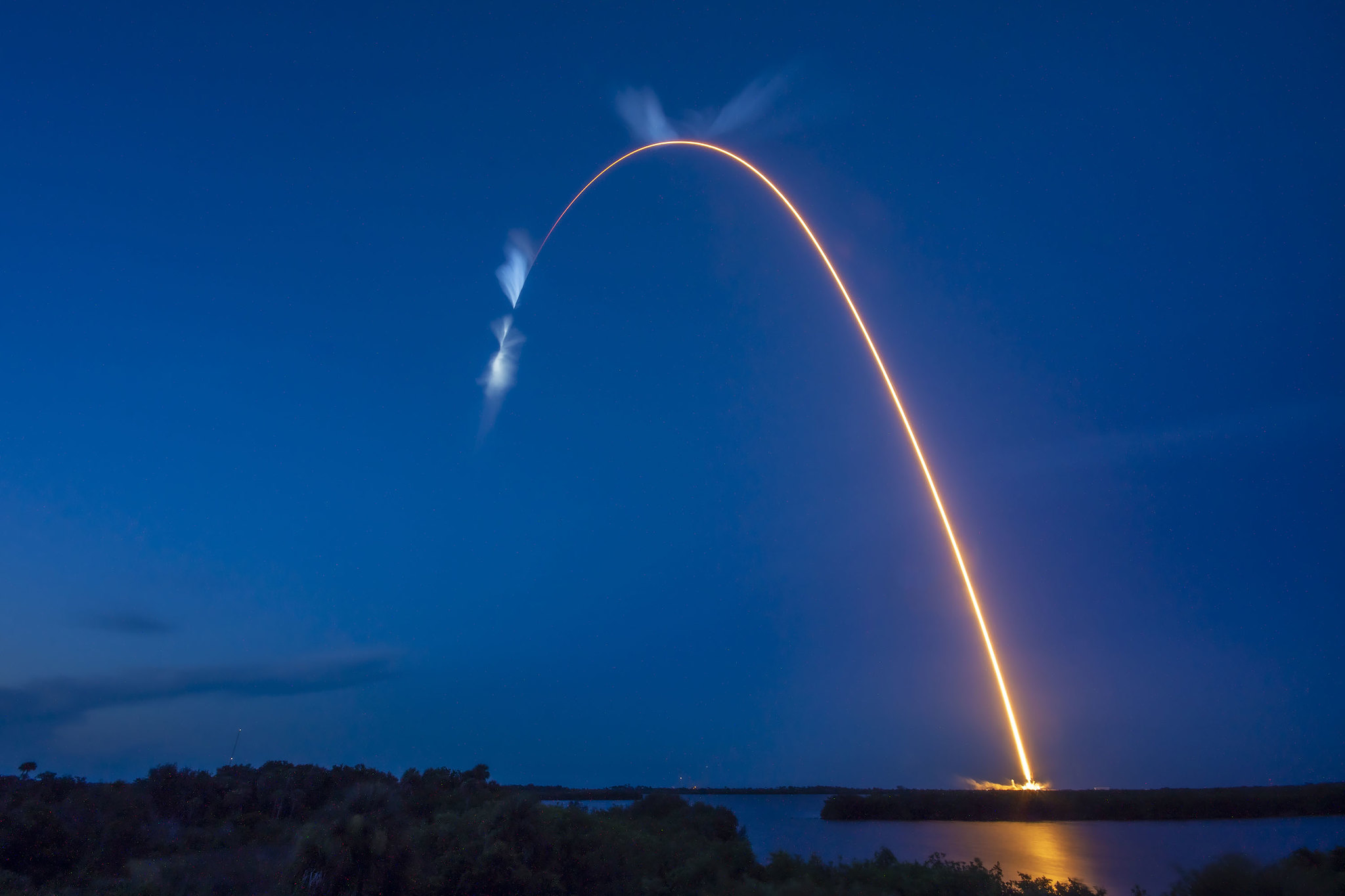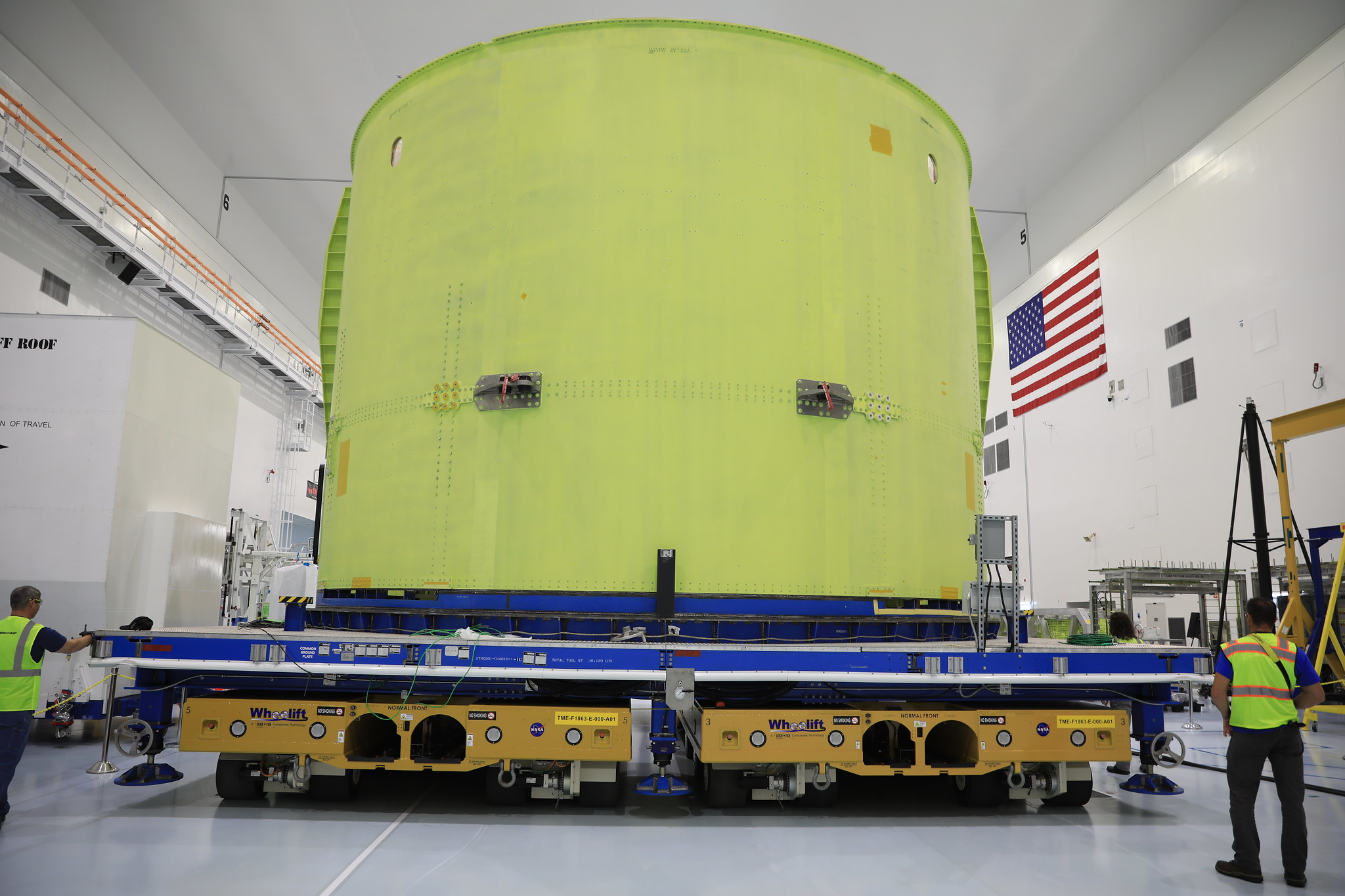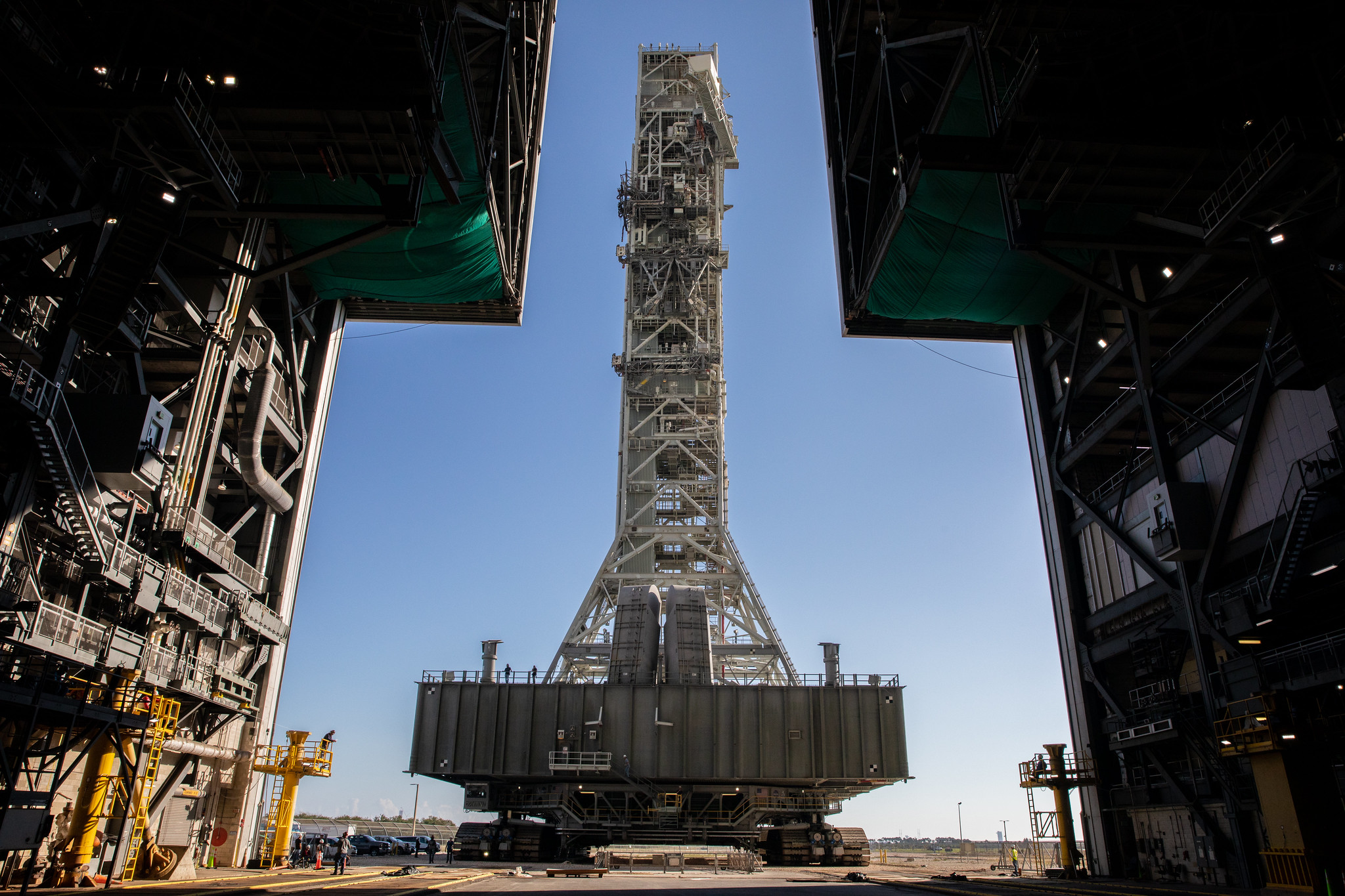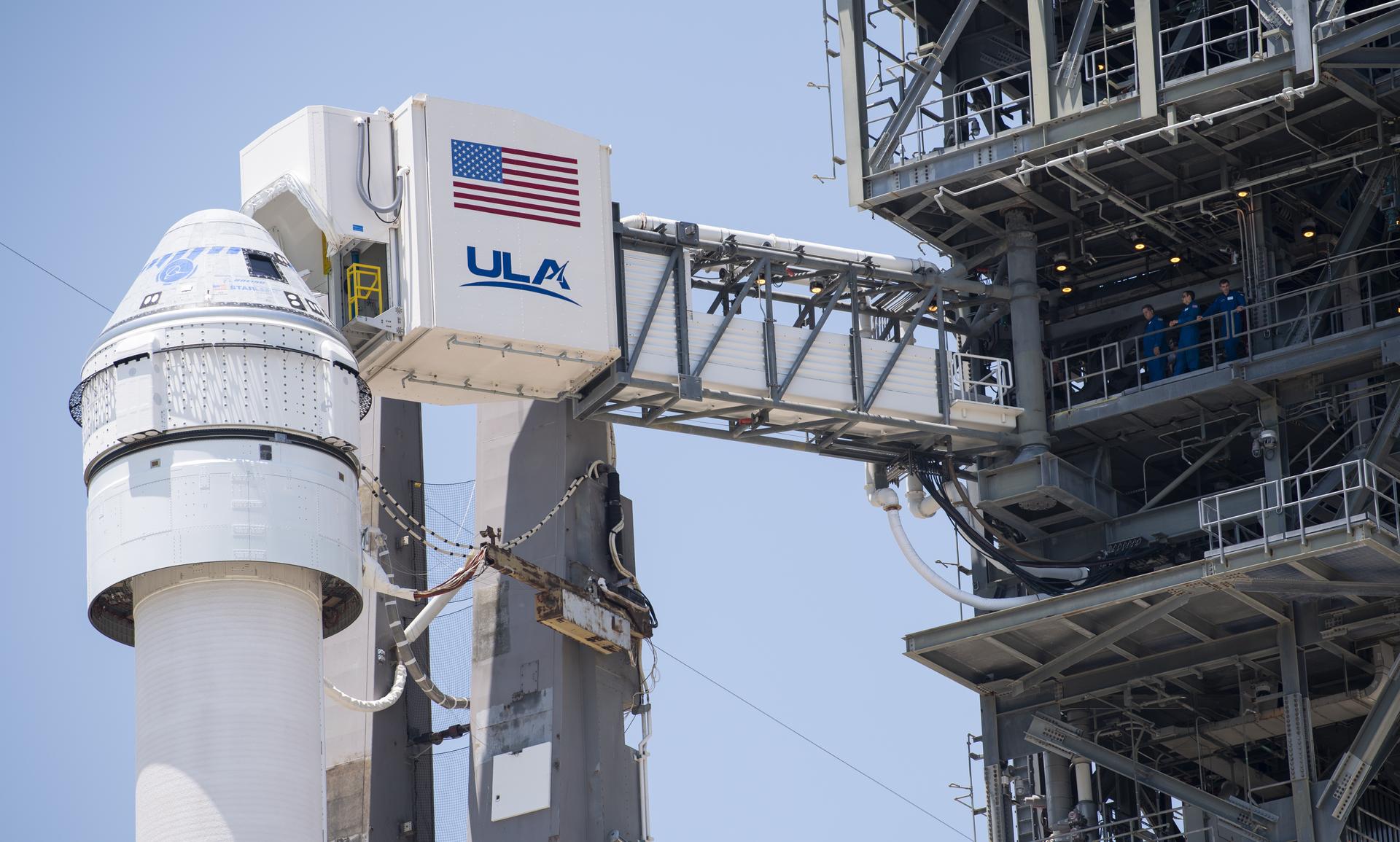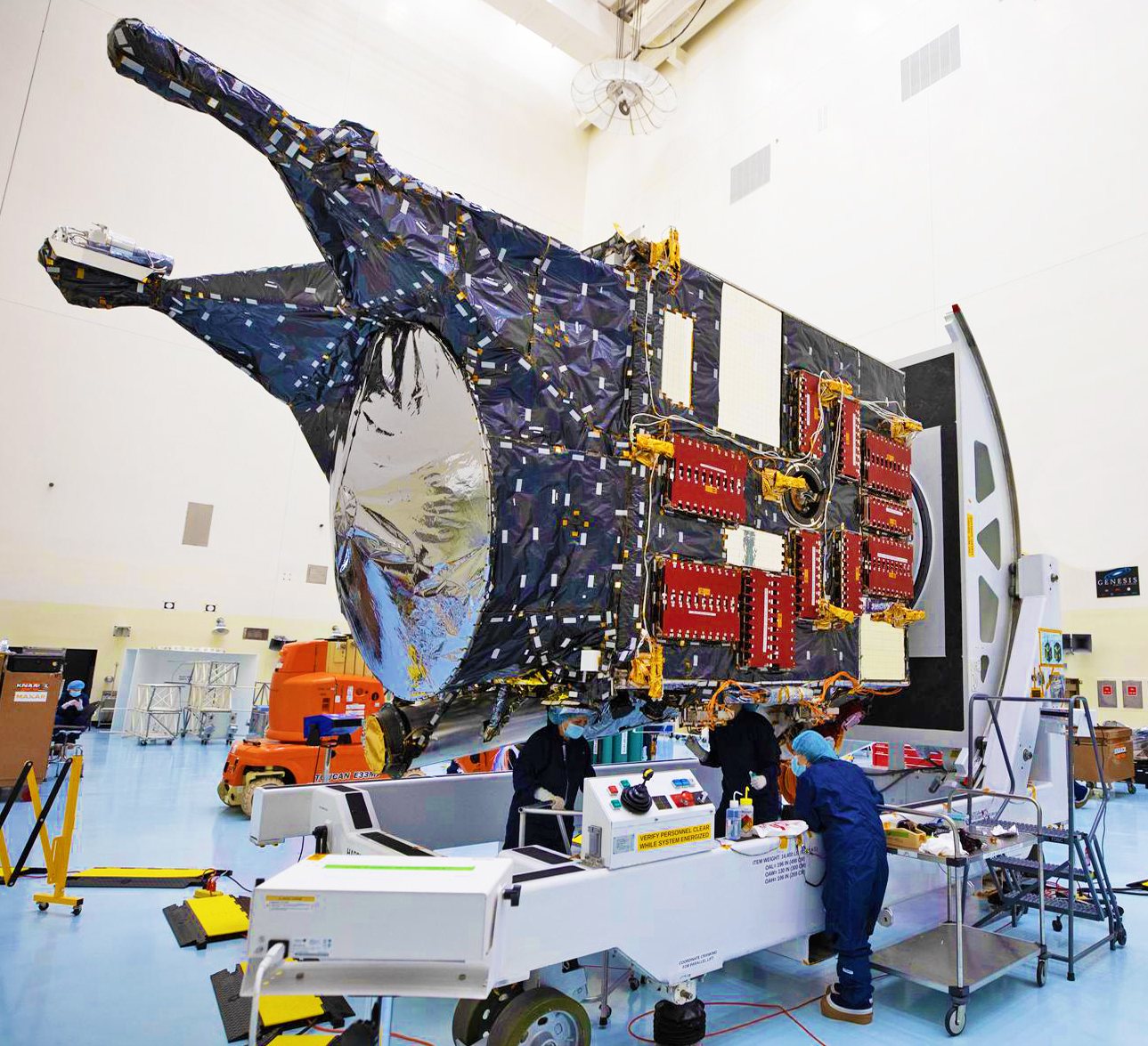By Jason Costa
NASA’s John F. Kennedy Space Center
After a 2022 filled with historic launches and monumental discoveries, NASA’s Kennedy Space Center in Florida looks to build on its accomplishments in 2023.
The launch of NASA’s Space Launch System and Orion spacecraft on Artemis I from Kennedy on Nov. 16, 2022, marked a major step forward as the agency pursues its Moon to Mars exploration plans. After successful splashdown of Orion to close out the year, the spacecraft returns to Kennedy for analysis to start 2023.
Development for the crewed Artemis missions is underway at the spaceport. Orion crew and service modules for Artemis II are already at Kennedy, along with the crew module for Artemis III. Both will continue assembly and processing during the year. A newly arrived Space Launch System core stage engine section for Artemis III – the mission set to return humans to the surface of the Moon – will undergo assembly and outfitting activities at the Space Station Processing Facility ahead of integration at the Vehicle Assembly Building.
This summer, Canoo Technologies Inc. will deliver customized all-electric crew transportation vehicles designed to take the fully suited Artemis astronauts, their support team, and equipment on the nine-mile stretch of road from the Neil Armstrong Operations and Checkout Building to Launch Complex 39B starting with the Artemis II mission. The zero-emissions vehicles will replace the agency’s Astrovan fleet, the 1983 Airstream vehicles that carried space shuttle crews to the launch pad.
Exploration Ground Systems (EGS), based at Kennedy, will work on upgrading the spaceport’s launch systems and facilities for Artemis II. This includes modifying the mobile launcher, the Vehicle Assembly Building, and launch pad 39B, where EGS will develop the emergency egress system and a new liquid hydrogen tank to support upcoming crewed missions.
The Gateway Project office at Kennedy – Deep Space Logistics – continues working with SpaceX as the first U.S. commercial provider under a Gateway Logistics Services contract, while upgrades to Launch Complex 39A by SpaceX will help make regular crewed transportation to the lunar surface a reality through the company’s Starship Super Heavy rocket and human landing system.
The upcoming year also will see NASA continue work with several American companies to deliver science and technology to the lunar surface through the Commercial Lunar Payload Services (CLPS) initiative, with processing of critical hardware taking place at Kennedy. The Polar Resources Ice Mining Experiment-1 (PRIME-1) mission – scheduled to launch on a SpaceX Falcon 9 in 2023 – is the first in-situ resource demonstration on the Moon and first time NASA will robotically sample and analyze ice from below the surface. Intuitive Machines will send a lunar lander with two primary components: The Regolith and Ice Drill for Exploring New Terrain (TRIDENT) and the Mass Spectrometer Observing Lunar Operations (MSOLO).
NASA’s Commercial Crew Program (CCP) and commercial partners Boeing and SpaceX have a robust manifest in 2023. Teams are readying the hardware, crew, and mission support teams for the launch of Boeing’s Crew Flight Test (CFT) to the International Space Station, the first CST-100 Starliner flight with astronauts, scheduled no earlier than April. Following a successful CFT mission, NASA will begin the final process of certifying the Starliner spacecraft and systems for crew missions to the orbital outpost.
NASA and SpaceX also will continue crew rotation flights to and from the space station with the launch of the Crew-6 and Crew-7 missions. Alongside the crew flights, SpaceX’s cargo Dragon is targeting three commercial resupply services launches for NASA in 2023 to deliver thousands of pounds of supplies, equipment, science investigations to the orbiting laboratory. The Veg-05 experiment – launched on a resupply mission in late 2022 – will conclude in spring 2023 with space station astronauts harvesting a crop of pick-and-eat dwarf tomatoes.
NASA’s Launch Services Program, based at Kennedy, which recently launched its milestone 100th primary mission and 101st mission to close the year, has several more planned for 2023. The Psyche spacecraft, targeted to launch as early as October, will investigate the metal-rich asteroid of the same name, while also carrying the Deep Space Optical Communications (DSOC) technology demonstration to test laser communications farther from Earth than ever before.
In 2023, the program will attempt the first launches of the agency’s Venture-Class Acquisition of Dedicated and Rideshare (VADR) missions, which fosters a growing U.S. commercial launch market. NASA selected 13 companies under the contract. Commercial partner Rocket Lab is set to launch four TROPICS (Time-Resolved Observations of Precipitation structure and storm Intensity with a Constellation of Smallsats) CubeSats over two launches – each on an Electron rocket, no earlier than May 1 – which will provide improved, rapid measurements of tropical cyclones.
The number of orbital launches from Florida’s Space Coast reached an all-time high of 57 in 2022, and this increased tempo is expected to produce another record year with more than 80 launches planned in 2023. Kennedy’s Center Planning and Development Directorate will continue implementing the KSC Master Plan to support this continued growth and activity, with strong focus on preserving the spaceport’s existing infrastructure and natural environment.
Kennedy’s Spaceport Integration and Services – responsible for coordinating and integrating the spaceport’s processing activities and center services for all government and commercial partners – will continue to be involved in almost every aspect of operations in the new year. Some environmentally focused initiatives planned by the office in 2023 include shoreline restoration efforts in Kennedy Athletic, Recreation, and Social (KARS) Park I, as well as events and activities for Earth Day, America Recycles Day, and Energy Awareness Month in October.
The coming year is destined to be another bustling one at America’s premier multiuser spaceport. Follow along with us throughout the year on our website, Facebook, Instagram, YouTube, and Twitter.





